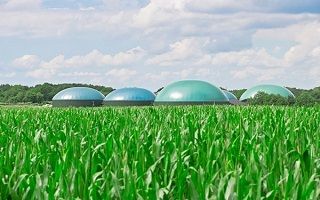The Folly of Biofuels Is Only Made More Obvious When Crude Oil Prices Are Low

From a 50,000-foot viewpoint, biofuels are essentially a waste of time and effort, a point that is only exaggerated when the price of crude oil is abnormally low (as it happens to be today). In 2014, Chevron abandoned its attempts to focus some of its traditional plants onto alternative fuels for profitable, large-scale production. Chevron Chairman and CEO John Watson reported,
“The smartest minds in my company and others haven’t yet cracked the code on pairing the right feedstock conversion technology and logistics in an economic and scalable package.”
I wrote in response, “Maybe this is true because the concept is asinine in the first place. Not a single species of life on Earth evolved so as to retain more chemical energy than it needs to live, grow, and reproduce. Given that, the reason Chevron couldn’t find a plant that would serve as a workable feedstock for us to power our cars and trucks is obvious: none exists. The process of evolution worked very hard over the past four billion years to ensure precisely that.
Think for a moment about the thermodynamics involved here:
We set aside large landmasses for the growing of biomass, prepare the soil, sow the plants, irrigate, and fertilize the crops (with chemicals with their own additional energy base). The incident sunlight (approximately 1 kW per square meter) is absorbed by the plant (during its growing season, wasted the rest of the year), almost all of which is used in the plant’s growth and other life processes. Then the plant is harvested and processed, the remaining chemical energy then refined and transported, and ultimately distributed into our gas tanks (each process along the way consumes energy). Our internal combustion engines then convert over 80% of that energy into waste heat, not to mention send out CO2 and a variety of other chemical compounds that are damaging to our health and environment.
Compare that to a piece of solar PV standing passive and inert in the desert (or on a rooftop), converting those exact same solar photons into electricity that can be used to charge an electric vehicle– a process that requires almost zero maintenance, with an efficiency of say, 23% (times the capacity factor and the efficiency of charging and discharging batteries – still an enormous bargain vs. biofuels).
With electric transportation, we can replace every ounce of gasoline and diesel in the 230 million cars and trucks on U.S. roads with a 14% increase in electricity production, and, given the trajectory for the pricing of renewable resources, that is an eminently achievable goal.
– Craig Shields
Mr. Shields is a senior consultant and prolific author in the renewable energy industry; more on his background and career focus can be found here.
